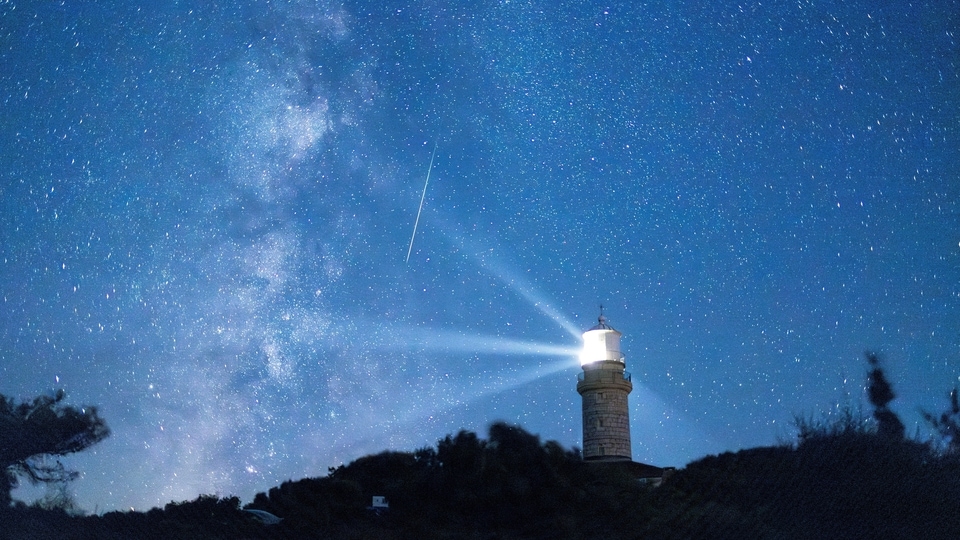In pics: Check out the mesmerising Perseid Meteor Shower at its awesome best
The Perseid Meteor Shower happens during the month of July and August every year and you can catch the natural phenomenon here.

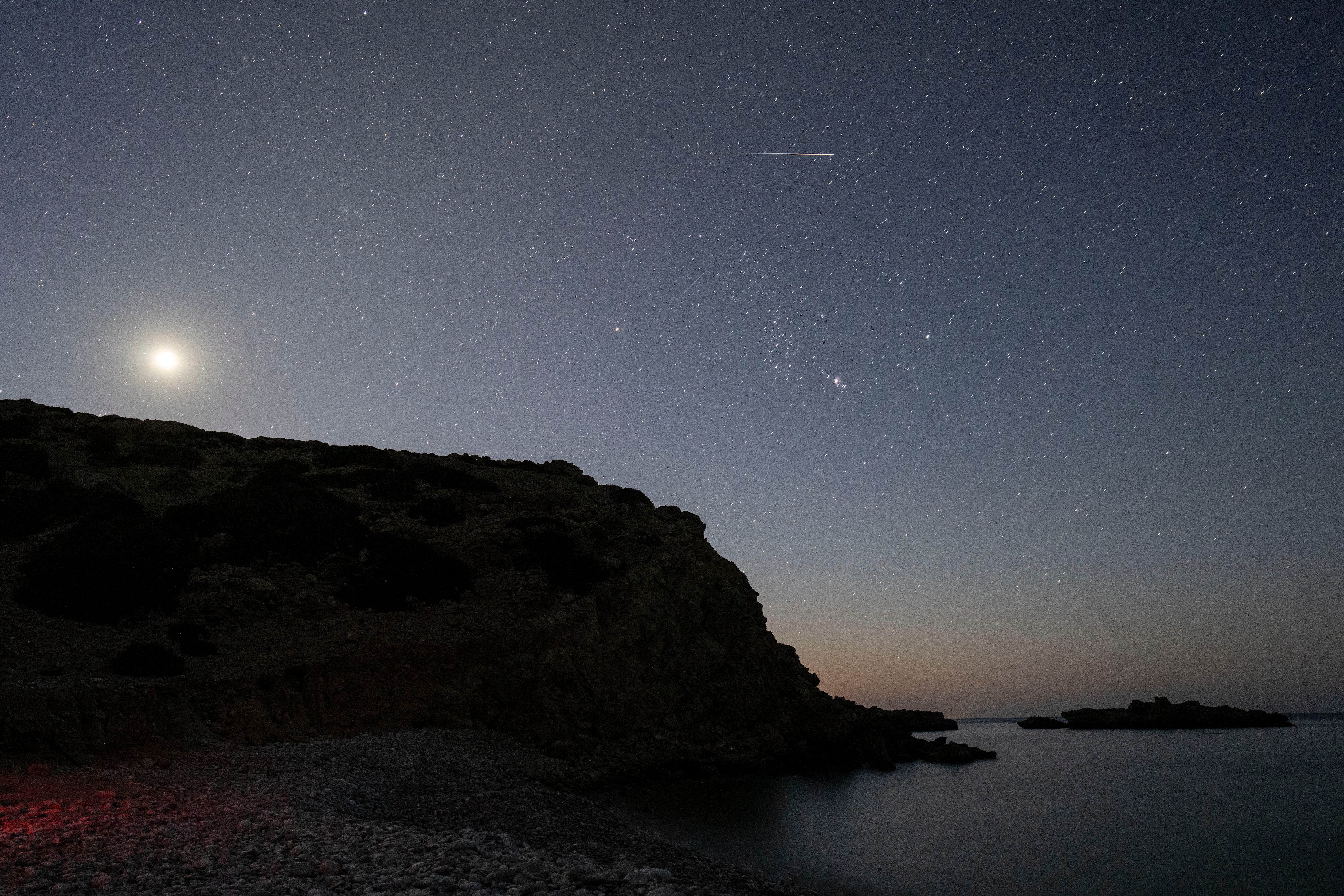

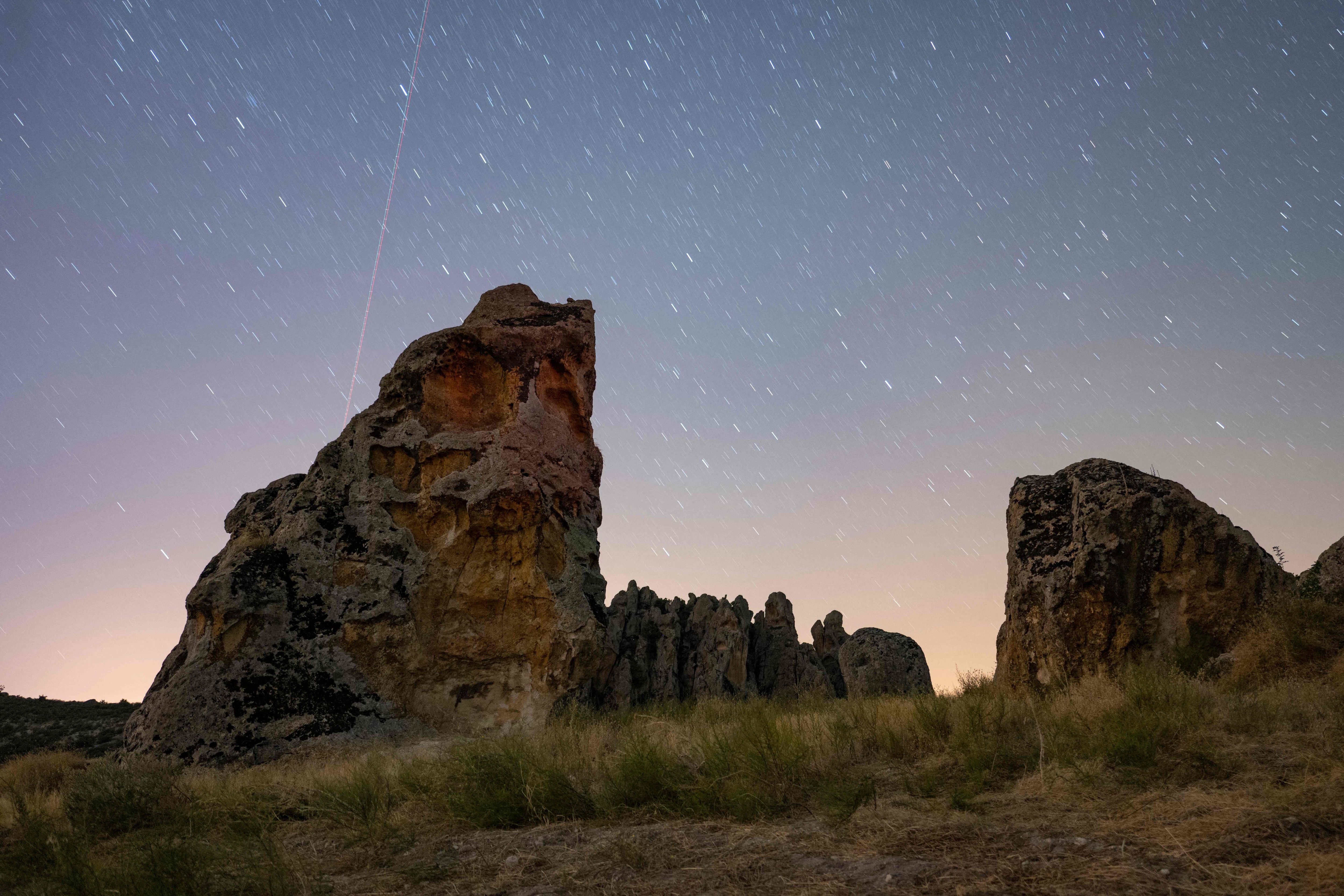

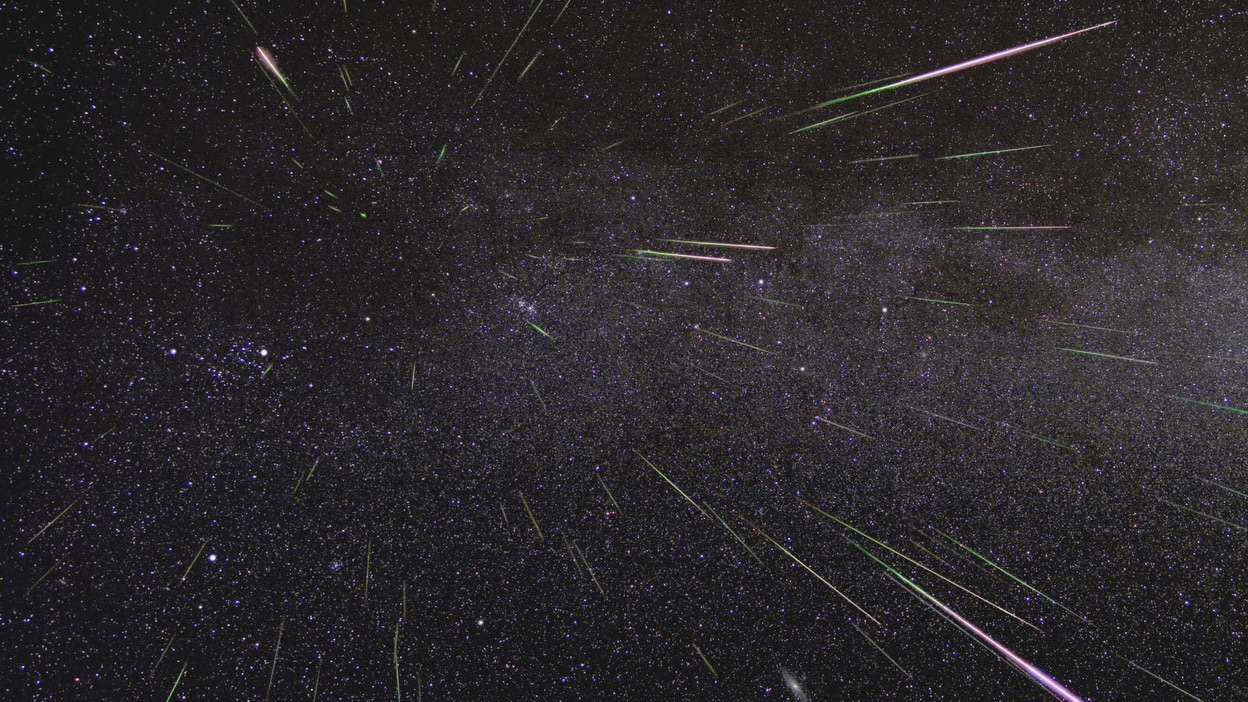

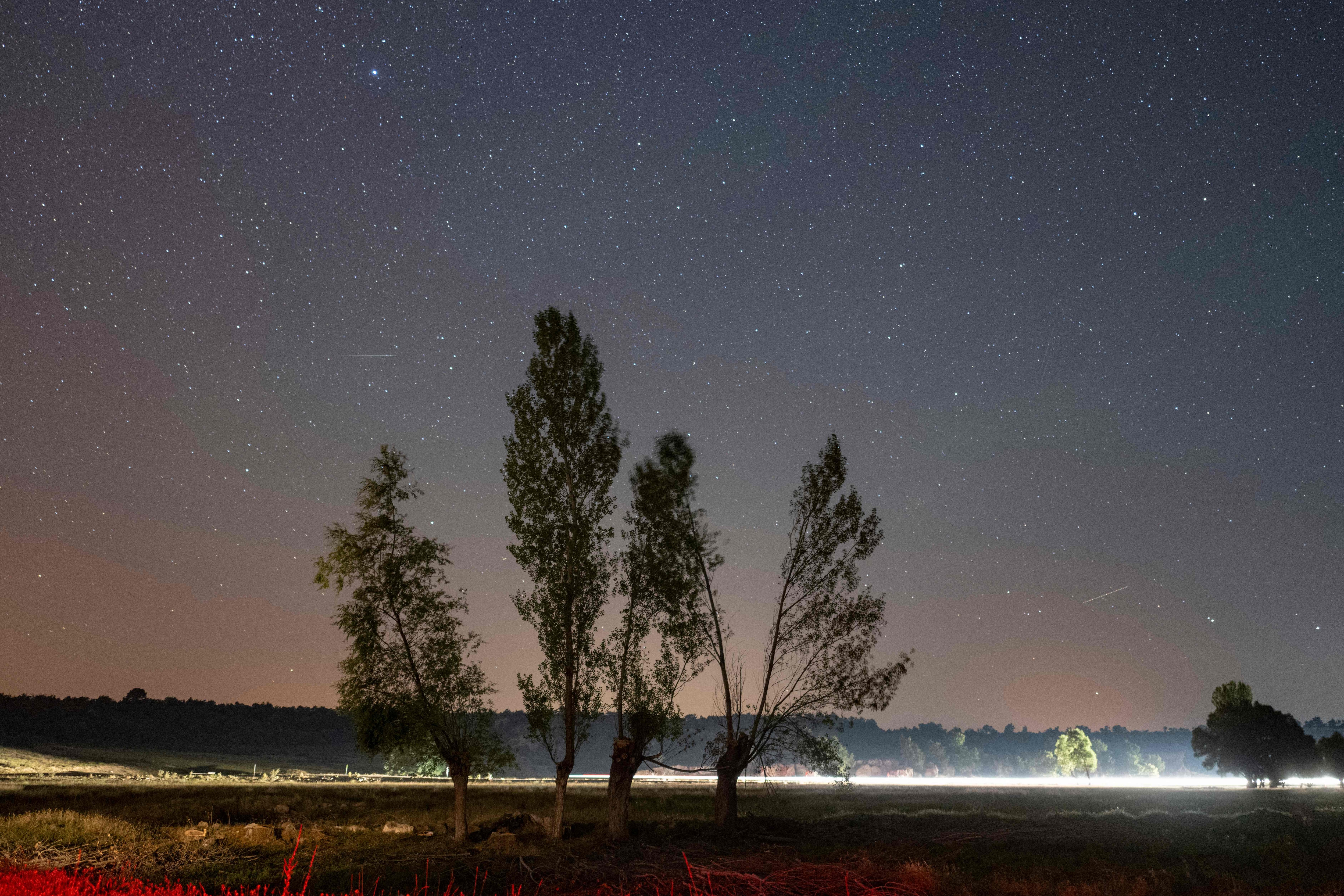

First Published Date: 13 Aug, 17:07 IST
NEXT ARTICLE BEGINS




